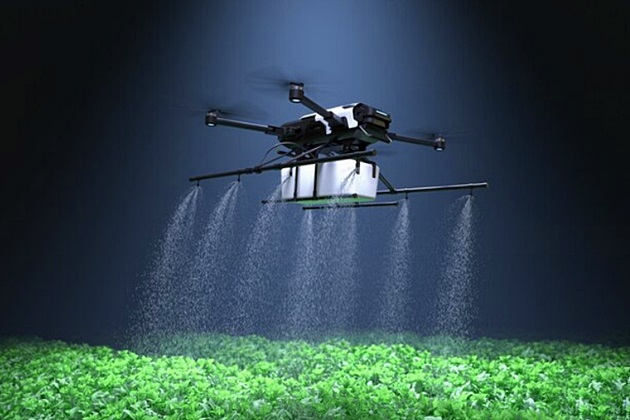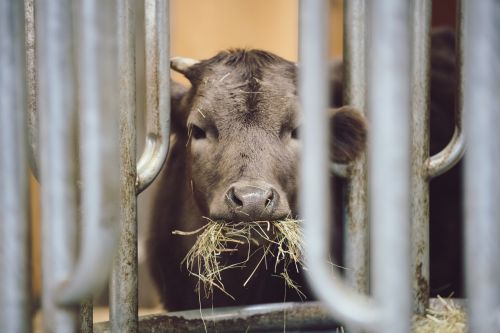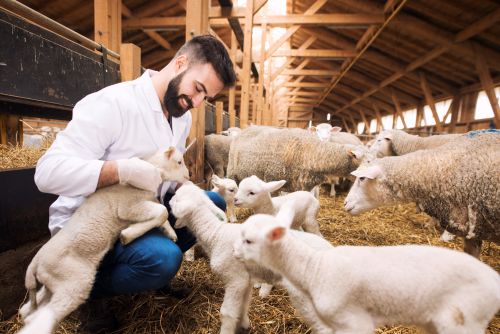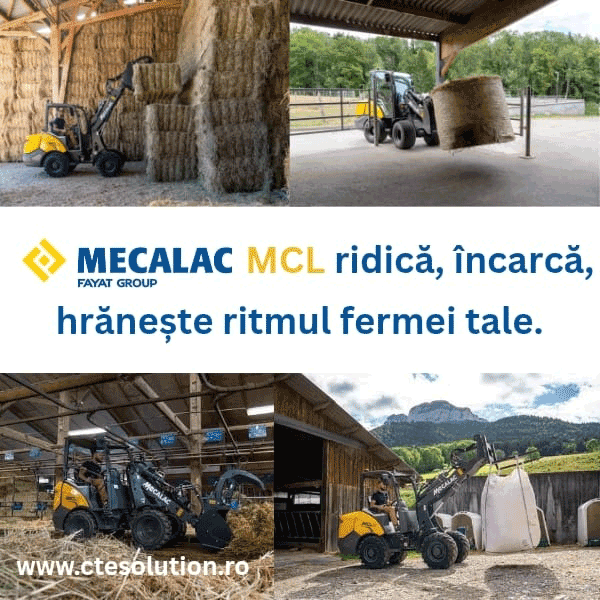
Previous research has shown that precision agriculture (PA) helps increase the efficiency of agriculture and crop production, improving economic viability and reducing environmental issues, notes FutureFarming.
Some Hesitate
Despite the advantages, some farmers still hesitate to adopt these technologies. A new study provides farmers' views on the most influential factor behind the adoption of new technologies and practices: profitability.
Tong Wang, an associate professor at the Ness School of Management and Economics at South Dakota State University, has conducted research on precision agricultural technologies and their adoption rates in recent years to understand why a farmer adopts or does not adopt these practices.
The complete study was published in the academic journal Ecological Economics, said Professor Wang. "In this study, we compared the evaluated profit changes of precision agriculture adopters for a wide range of technologies and studied various factors that can affect changes in precision agriculture profitability."
Different PA Technologies
In this study, researchers highlighted 8 widely adopted precision agricultural technologies, including auto-steer and auto-guidance, automatic section control, satellite/aerial imagery, unmanned aerial vehicle/drone imagery, variable rate fertilizer application, variable rate seed and pesticide application, and variable speed irrigation application.
To understand farmers' views on profitability and adoption, the research team sent surveys to 6,000 regional farmers in 2021.
The surveys asked farmers in eastern South Dakota, eastern North Dakota, western Minnesota, and eastern Nebraska to assess their profit changes after adopting or not adopting each of the listed precision ag technologies.
The Most Adopted Technology
The most adopted precision agricultural technologies include auto-steer and auto-guidance, which fall under the "georeferencing technology" category. This technology helps farmers navigate their fields and use resources more efficiently, a system that helps increase profitability.
Satellite imagery was the next most adopted technology, with nearly 60% of all farmers using it. Drones and unmanned aerial vehicles fall into a similar category as satellite imagery; however, drones are much less widespread, with an adoption rate of 26%.
Although 26% is low compared to other adoption rates, it represents a substantial increase compared to previous research, indicating that the use of drones is growing among farmers.
Views on Profitability
To understand views on profitability, the research team needed to know what the assessed profit change was for precision ag technology adopters and the perceived profit change by non-adopters.
For each of the listed precision agricultural technologies, about 60% of non-adopters indicated that they had "no idea" whether adoption led to a change in farm profitability.
"This is not surprising since non-adopters have no direct knowledge about the profitability of precision agriculture. Most of them probably haven't received such information," Wang said.
"This highlights the need for a better understanding of the precision profit change generated by agriculture from the experience of adopters in regions with different agricultural, soil, and weather characteristics."
To further facilitate the adoption of precision agriculture, the research team noted that financial support in the early years of adopting a new technology could be beneficial. Researchers also theorized that connecting long-term adopters with non-adopters so they can share their technology experiences could also contribute to increasing adoption rates.





